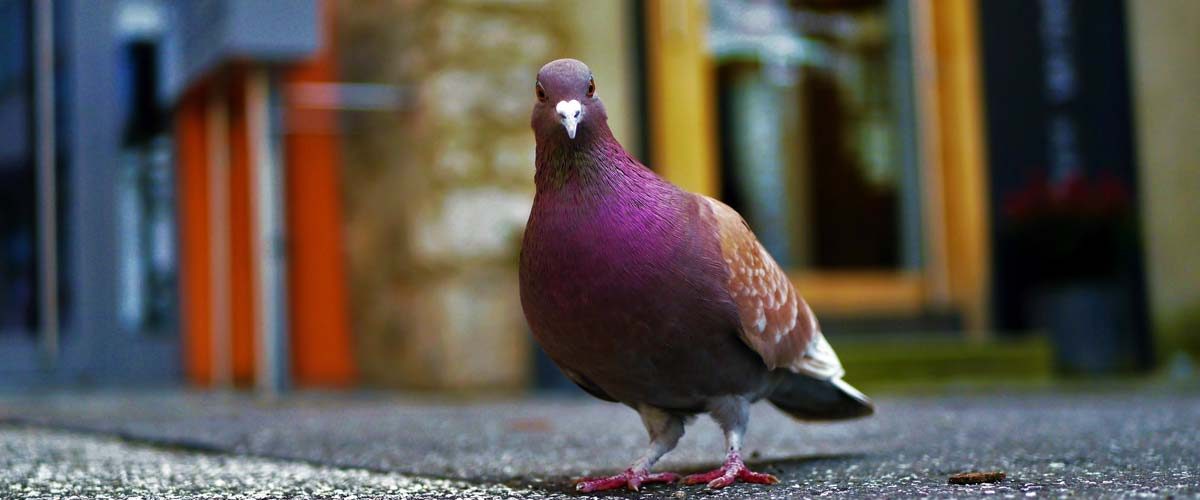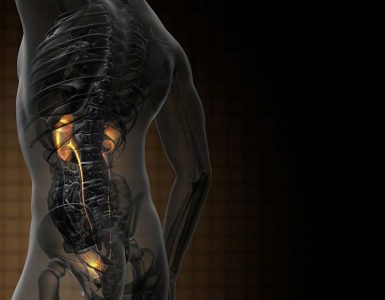Pigeons can carry several parasites as well as pathogens and among them, gastrointestinal helminths are considered as the most harmful parasites1. These clinical and sub-clinical parasites can cause anemia as a consequence of constant suckling of blood by parasite which can lead towards death of young pigeon2.
Moreover, these parasites can be transmitted to other birds as well as humans. A variety of diseases are mostly spread by fecal dust from cages contaminated with dry droppings as well as urine and associated with several issues regarding pigeon health. In the last few decades, huge number of pigeons have died that have been reported to carry parasitic infestation3.
Many countries suffer from deficiency of animal protein. The insufficient supply of animal proteins in underdeveloped countries is further provoked by several widespread factors including poor husbandry system; heat stress, various parasitic infestations and diseases. These factors lead towards huge loss both for the owner as well as the country. Accordingly, health and production of pigeons is also getting decreased which ultimately lead towards less availability of protein.

This situation urged scientists to conduct a research for providing information on pigeon species composition, prevalence as well as distribution of parasites at Sylhet district in Bangladesh. For this purposes, feces of fifty pigeon’s were collected and analyzed coprologically in the laboratory4.
This study revealed that the situation of the gastro-intestinal parasitic infestation of pigeon is moderate. However, the parasite (Ascaridia sp.) was found as the major threat of intestinal nematode of pigeon. These parasitic infections may cause great loss in production of poultry industry.
Therefore, scientists recommended to control the protozoan infestation of pigeon for maintaining the enough hygienic environments for the pigeons and to provide them with fresh feeds. Moreover, for the treatment of parasitic infestation of pigeon, antiparasitic drugs should be used. Conclusively, further epidemiological investigation is required to understand the exact situation of parasitic infestation in pigeon of Sylhet district in Bangladesh.
Key words: pigeons, parasites, gastrointestinal helminthes, poor husbandry system, protozoan infestation, animal protein, antiparasitic drugs
References:
- Ghosh, K.K., M.S. Islam, S. Sikder, S. Das, S. Chowdhury and M.A. Alim, 2014. Prevalence of ecto and gastrointestinal parasitic infections of pigeon at Chittagong metropolitan area, Bangladesh. J. Adv. Parasitol., 1: 9-11.
- Basit, M.T., K. Pervez, M. Avais and I. Rabbani, 2006. Prevalence and chemotherapy of nematodes infestation in wild and domestic pigeons and its effects on various blood components. J. Anim. Plant Sci., 16: 24-27.
- Sari, B., B. Karatepe, M. Karatepe and M. Kara, 2008. Parasites of domestic (Columba livia domestica) and wild (Columba livia livia) pigeons in Nigde, Turkey. Bull. Vet. Inst. Pulawy, 52: 551-554.
- Tarikul Islam, Salah Uddin Ahmad, Mamun Ur Rahman, Amir Hossain, Mahfuz Rahman Adnan, Mustaq Ahmad, Mowdudul Hasan Talha and Matiur Rahman, 2017. Prevalence of Gastro-intestinal Parasitic Infestation of Pegion at Sylhet District in Bangladesh. Asian Journal of Animal Sciences, 11: 189-193.
















Add comment